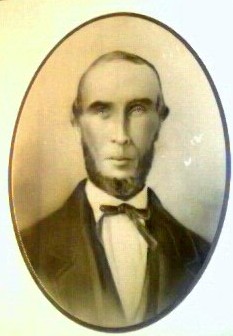Marker DYS464 is a rapidly changing Y chromosome marker and a multi-copy marker. It most often has four copies, which are labeled: DYS464a, DYS464b, DYS464c, DYS464d. Marker DYS464 is also known to occur more than four times. Additional copies of DYS464 are called: DYS464e, DYS464f, and so forth. When more than four copies of DYS464 are found in a DNA sample, the results for all the copies are provided by Family Tree DNA.
When testing a random sample of 679 males for DYS464, scientists have found that the result 15,15,17,17 occurred in 10.6% of those tested, 15,15,16,17 occurred in 7.5% of the samples, and all the other results occurred less than 5% of the time, with over half these results only occurring once. This illustrates that marker DYS464 is valuable in differentiating unrelated persons.
The results for a multi-copy marker are reported in ascending order. For example, here are some results for DYS464:
11 11 14 16
12 14 15 16
Since the results are reported in ascending order for multi-copy markers, this must be taken into account when compar ing the results of the markers between individuals. For example, consider the following results:
Example 1: 15 15 17 17
Example 2: 13 13 15 17
At a glance, you may see 3 differences, but there are really only 2. To correctly interpret the results for this multi-copy marker, the results that match are not counted as differences. The 15 in the first example above matches a 15 in the second example, so the 15 is not counted as a difference, even though the two 15's do not line up in the display of the results. A 17 from the first example matches the 17 in the second example. The two 13's in the second example do not have a match in the first example, so in comparing these two results, we find 2 differences.
Since multi-copy markers change more rapidly, these markers are an excellent tool to identify branches or lines, or to identify persons who are not related in a genealogical time frame.
Saturday, April 21
Subscribe to:
Posts (Atom)
